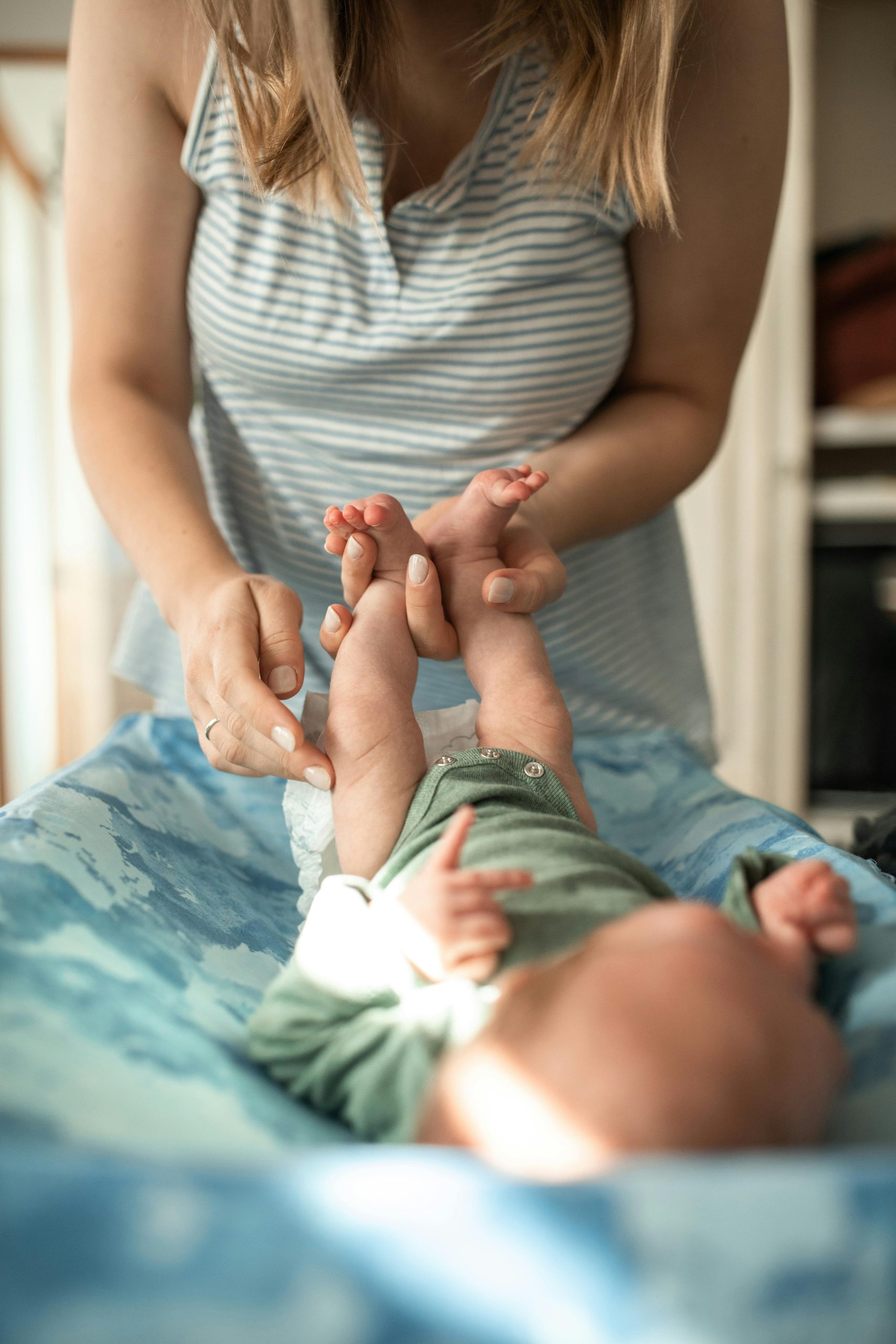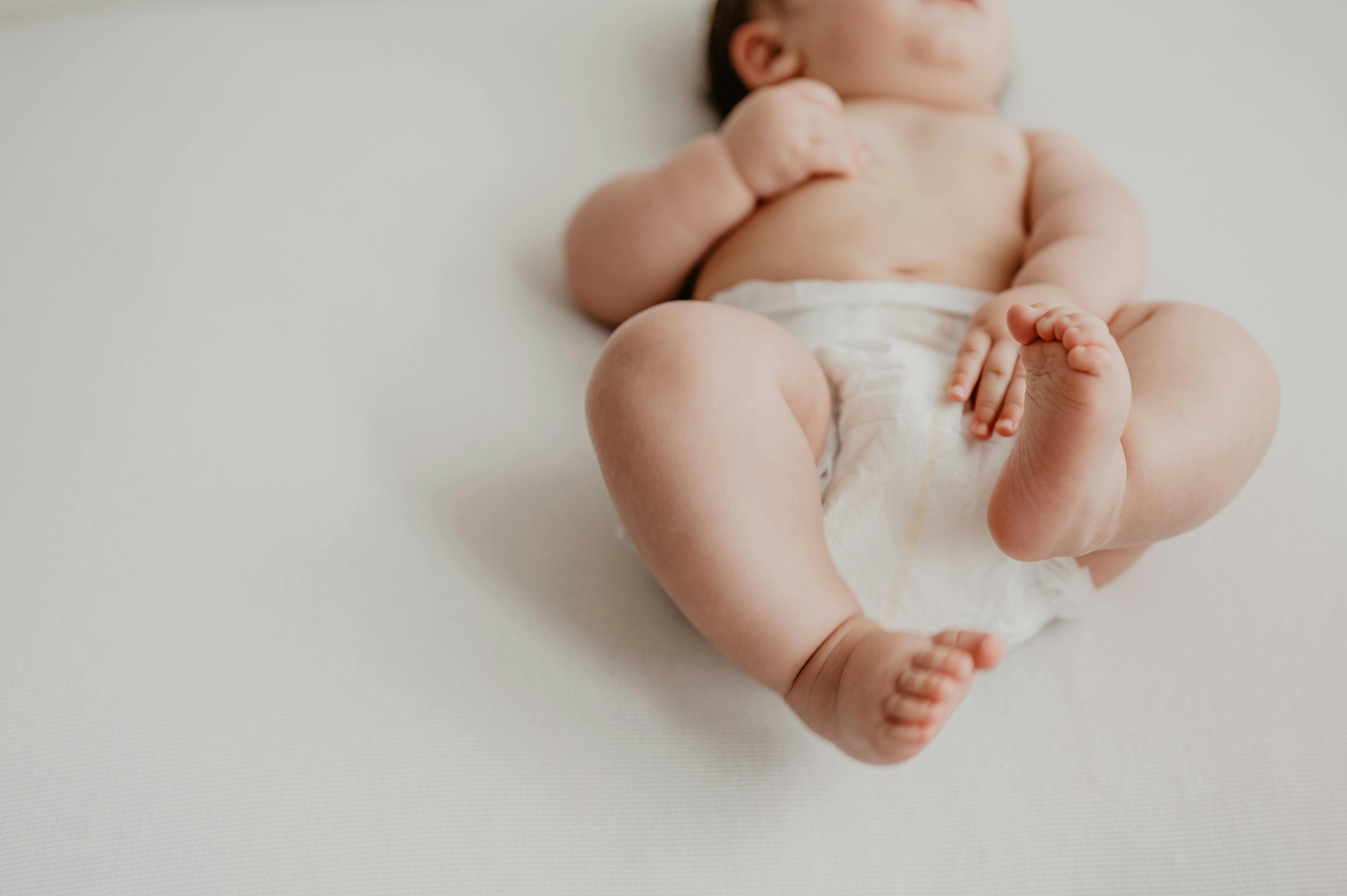A Detailed Guide for Changing A Newborn Diaper
Welcoming a newborn is a whirlwind of joy, snuggles, and, yes, plenty of diaper changes. Knowing how often to change your little one’s diaper can feel overwhelming, but fret not! This guide delves into the diapering world, equipping you with the knowledge and confidence to keep your baby clean and comfortable.
Frequency:
- General Rule: Newborns, with their tiny bladders and frequent bowel movements, require diaper changes every 2-3 hours, even if the diaper doesn’t appear full. This translates to roughly 8-12 changes per day, sometimes even more. Remember, it’s better to err on the side of frequent changes to prevent discomfort and potential skin issues.
- Poopy Diapers: These demand immediate attention. Leaving stool in the diaper for extended periods can irritate your baby’s delicate skin and lead to diaper rash. Pay attention to the stool’s consistency and color. Greenish stools are normal, but black, white, or bloody ones warrant a call to your pediatrician.
- Wet Diapers: While you can occasionally let a slightly wet diaper air out for a few minutes (especially at night), change it promptly if it feels heavy or your baby seems fussy. A damp diaper can lead to discomfort and potential leaks.
- Nighttime: Aim for one change per night, ideally before bedtime and after the first feeding. However, this is flexible. Some babies sleep soundly through wet diapers, while others wake up needing a change. Observe your baby’s patterns and adjust accordingly.
Signs Your Baby Needs a Change:
-
-
Caring for a newborn involves a multitude of tasks, and one of the most recurring is changing their diaper. While a general rule suggests changing your baby’s diaper every 2 to 5 hours or as soon as it becomes wet or soiled, there are several specific signs that indicate it’s time for a change. Here are key indicators that your baby needs a fresh diaper:
- Wetness: A telltale sign that your baby’s diaper needs changing is its weight or feel. As soon as you pick up your little one, you might notice the diaper feels heavier than usual due to absorbed urine. You can also detect dampness by gently patting the outside of the diaper, especially around the leg openings where moisture often seeps through.
- Odor: The distinctive smell of urine or stool emanating from the diaper area is another clear indication that a change is necessary. Even if you can’t see any visible wetness, an odor could mean that the diaper has reached its absorbency limit.
- Bulging Diaper: A bulging or distended shape in the diaper region can signal that it’s filled with urine or stool. This is particularly noticeable when the diaper expands beyond its original form.
- Stool Appearance: After your baby passes a bowel movement, no matter how small, it’s essential to promptly change the diaper. Watch for changes in the color and consistency of the stool. Meconium (the first few days’ dark, tar-like stools) transitions into yellow, seedy bowel movements in breastfed babies and may be more formed in formula-fed infants.
- Skin Redness: If your baby’s skin appears red or irritated, this could be a sign of diaper rash developing. It could be caused by prolonged exposure to moisture or acidic waste. In such cases, immediate diaper change and cleaning with gentle wipes are crucial.
- Fussiness: Babies can show discomfort when they need a diaper change, even if they can’t communicate it directly. Excessive squirming, crying, or restlessness, especially during or after feeding times, might suggest they’re uncomfortable due to a wet or dirty diaper.
- Leakage: If you notice urine leaks onto clothes or bedding, it’s an obvious sign that the diaper is saturated and needs replacing. Leakage not only necessitates a diaper change but also indicates you may need to consider a larger size or more absorbent diaper brand.
- Cool Skin: Touching your baby’s skin around the diaper area and feeling a cool sensation could mean that the diaper is soaked through and the wetness has cooled down, which can make your baby uncomfortable and increase the risk of chills or diaper rash.
Additional observations:
- Frequent waking at night: Some babies sleep soundly through wet diapers, while others wake up needing a change. Observe your baby’s patterns.
- Redness or irritation: This could indicate diaper rash and warrants a change and possible use of diaper cream.
-
Tips For Efficient Diapering:
- Become a Supply Master: Stock up on diapers, wipes, a changing pad, diaper cream, and rash cream. Keep them readily available in easily accessible locations, like a designated changing station.
- Create a Changing Oasis: Designate a comfortable space, like a changing table or dresser, with all supplies within easy reach. This minimizes scrambling and keeps diaper changes smooth.
- Maintain the Mood: Talk soothingly or sing to your baby during changes. This helps distract them and makes the experience more enjoyable for both of you.
- Gentle Cleansing: Cleanse thoroughly, especially after bowel movements, using warm water and wipes. Pat dry gently to avoid irritation.
- Shield from Rash: Use a barrier cream at each change to prevent diaper rash, especially if your baby has sensitive skin. Apply a generous amount to clean, dry skin, focusing on folds and creases.
- Proper Disposal: Wrap soiled diapers securely and discard them in a lined trash can. This helps maintain hygiene and prevents unpleasant odors.
Transitioning to Less Frequent Changes:
As your little bundle of joy grows and develops, their need for frequent diaper changes naturally starts to decline. Here’s a glimpse into this exciting transition:
Timing the Shift:
- Around 3-4 months: This is when you might start noticing longer intervals between diaper changes. By now, your baby’s bladder and bowel control are gradually improving.
- Daytime vs. Nighttime: You’ll likely see this change happening first during the day. Nighttime diapers might still require more frequent changes for a while longer.
- Individual Pace: Remember, every baby progresses at their own speed. Don’t compare your child’s diapering schedule to others.
Signs of Readiness:
- Longer stretches between wet diapers: If your baby can comfortably sleep for several hours without a wet diaper, it’s a good sign.
- Fewer poopy diapers: As their digestive system matures, bowel movements become less frequent and more predictable.
- Interest in potty training: This might not happen for a while, but some babies show early signs of curiosity around potty time.
Tips for a Smooth Transition:
- Monitor, but don’t force: Observe your baby’s cues and respond accordingly. Don’t try to rush the process or force potty training before they’re ready.
- Gradual increase in intervals: Extend diaper change intervals gradually, starting with small increments. Adjust based on your baby’s comfort and needs.
- Leaks are okay (sometimes): Accidents happen, especially during this transition. Don’t get discouraged; just respond promptly and positively.
- Celebrate milestones: Acknowledge and celebrate each step forward, no matter how small. It’s a journey of learning and development for both you and your baby.
I hope this comprehensive guide empowers you to navigate the world of newborn diapers with confidence!





